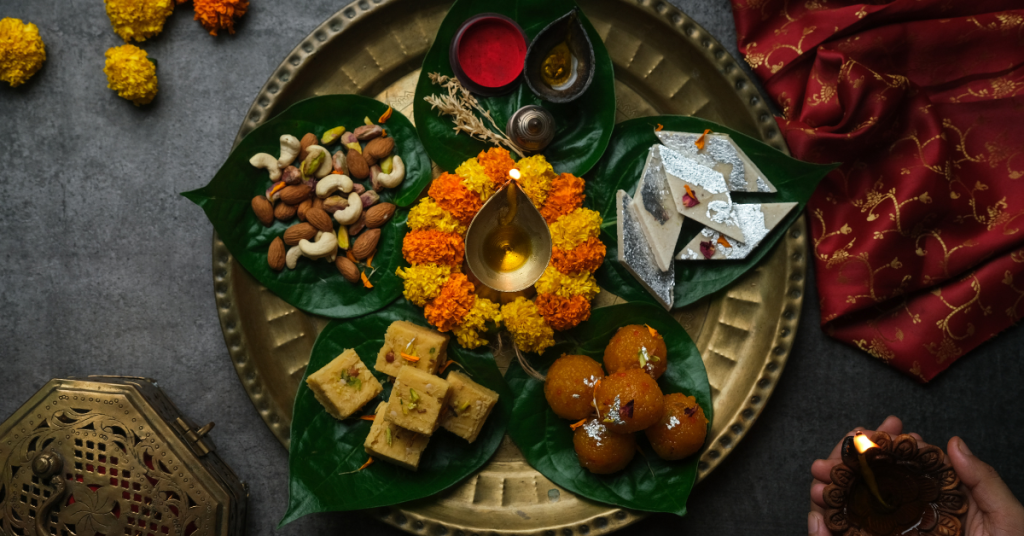The enchanting world of Indian cuisine is a treasure trove of flavors, spices, and culinary traditions. Embarking on a quest for authentic Indian cuisine is not just a gastronomic adventure; it’s a cultural journey that takes you through India’s diverse and vibrant culinary landscape. Whether you’re a seasoned connoisseur of Indian food or a first-time explorer, these five essential tips will help you discover the true essence of Indian cuisine, ensuring your dining experience is not only delicious but also authentic and unforgettable.
Understanding the Regional Diversity: India’s Culinary Kaleidoscope
India is a country of incredible diversity, and its culinary tapestry reflects this rich cultural mosaic. Each region of India has its unique specialties and culinary traditions. From the spicy delicacies of the South to the aromatic curries of the North, understanding the regional nuances is the first step in your quest for authentic Indian cuisine. Take some time to research the regions and their signature dishes, and you’ll be better equipped to make informed choices when dining at Indian restaurants.
Exploring Family-Run Establishments: The Hidden Gems
While modern Indian restaurants have their own charm, there’s a special authenticity associated with family-run establishments. These hidden gems often preserve age-old recipes, cooking techniques, and family traditions that have been passed down through generations. The warmth and personal touch you experience in such places are truly unique. Look for local recommendations or explore neighborhoods away from the typical tourist spots to find these culinary treasures.
Scrutinizing the Menu: Ingredients, Techniques, and Names
A restaurant’s menu can reveal a lot about its authenticity. Pay close attention to the ingredients, cooking techniques, and dish names. Traditional Indian cuisine is characterized by the use of whole spices, fresh herbs, and time-honored cooking methods such as tandoori and slow-cooking. Dishes with names like “Paneer Tikka,” “Biryani,” or “Masala Dosa” are likely to be authentic and delicious. If a menu boasts fusion dishes with unusual combinations, it might be a sign that the restaurant is straying from the traditional path.
Engaging with the Staff: A Conversation on Authenticity
One of the most valuable resources at your disposal is the restaurant staff. Don’t hesitate to engage with them and ask questions about the dishes and their preparation. By talking to the chefs and servers, you can gain insight into the restaurant’s commitment to authentic cooking. If they are passionate about their food and eager to share their knowledge, it’s a good sign that you’re in the right place. They can also guide you in choosing dishes that align with your preferences and tolerance for spice.
Feedback from Fellow Diners: Social Proof Matters
In the digital age, peer reviews and recommendations play a pivotal role in guiding us to the best dining experiences. Before visiting an Indian restaurant, check online platforms and read reviews from fellow diners. These reviews often provide valuable insights into the authenticity of the cuisine, the quality of service, and the overall dining experience. However, keep in mind that individual preferences vary, so it’s essential to read multiple reviews and look for consistent feedback.
Your journey to discover authentic Indian cuisine can be an immensely rewarding experience. As you navigate the diverse flavors, spices, and culinary traditions of India, remember these five essential tips: understand the regional diversity, explore family-run establishments, scrutinize the menu, engage with the staff, and consider feedback from fellow diners. By following these guidelines, you’ll be well-prepared to savor the true essence of Indian cuisine and create lasting culinary memories.We encourage you to share your experiences, challenges, and discoveries with fellow food enthusiasts.

